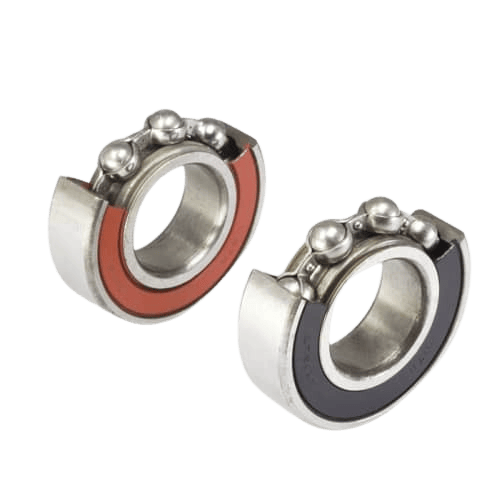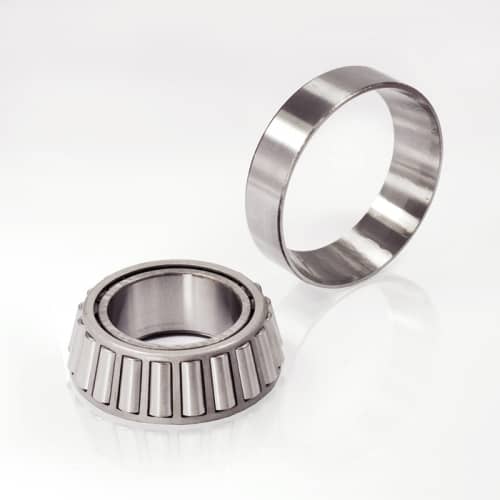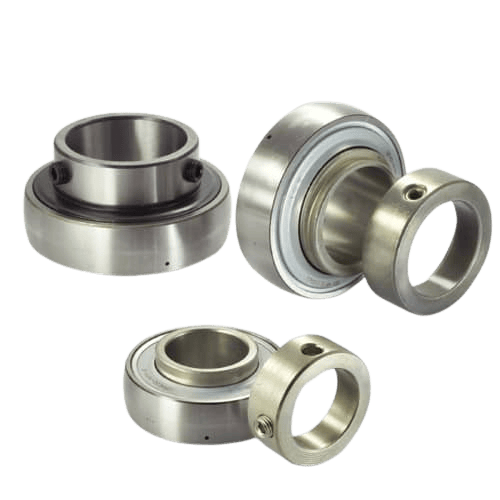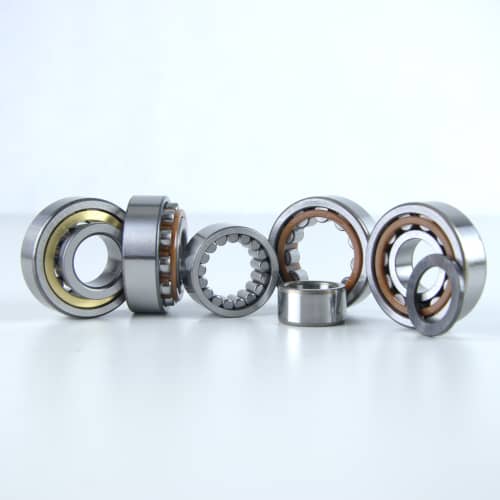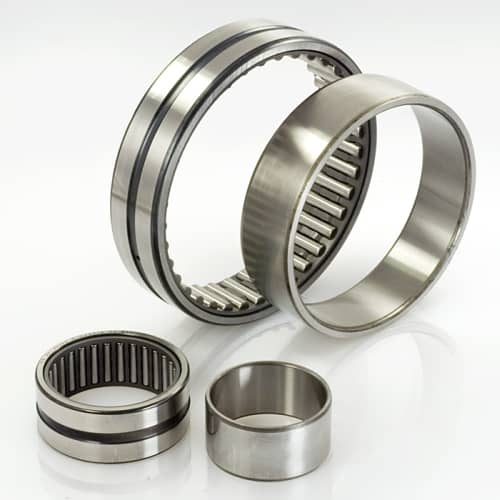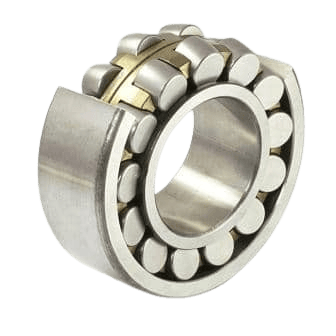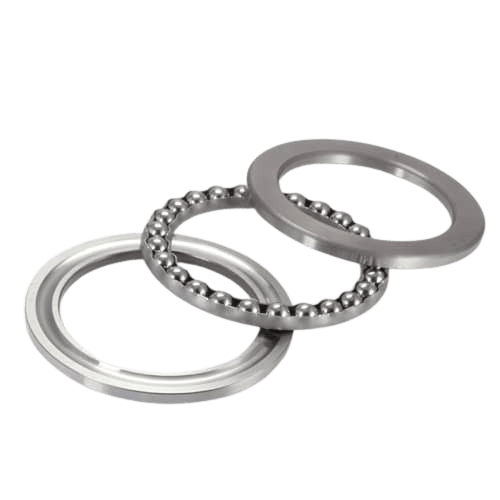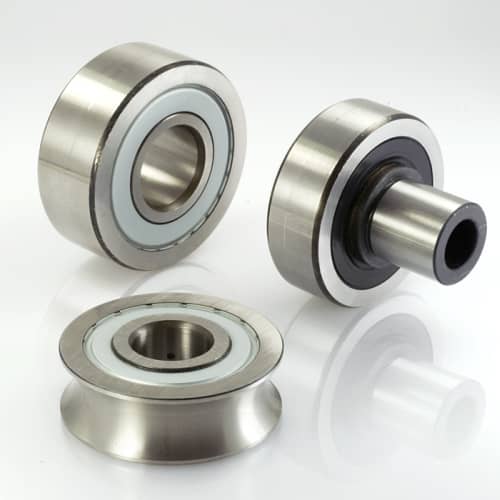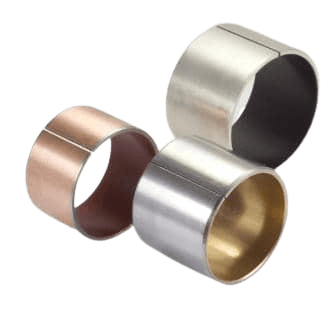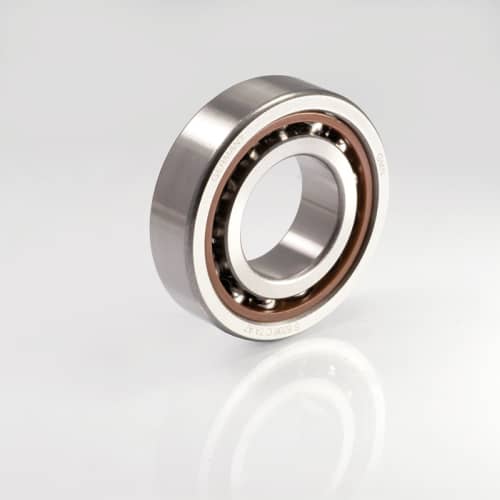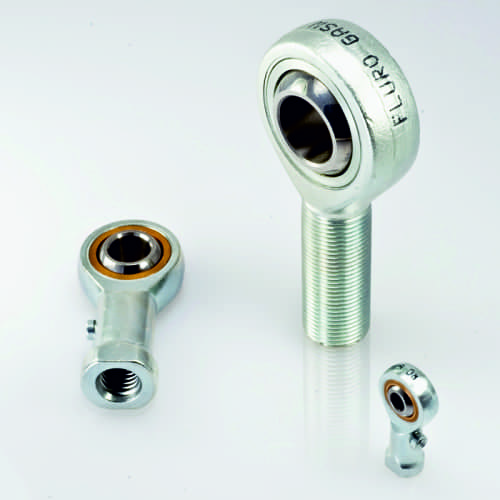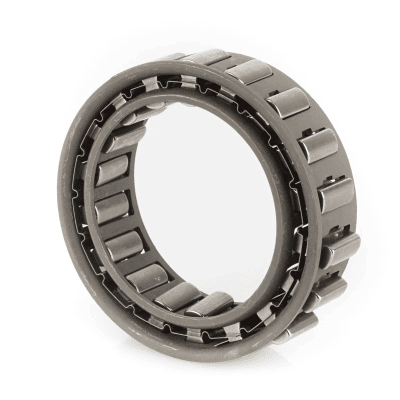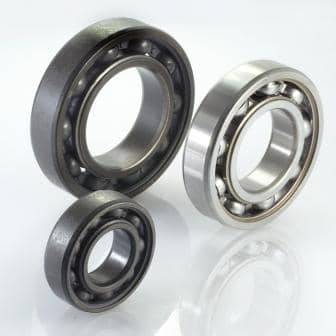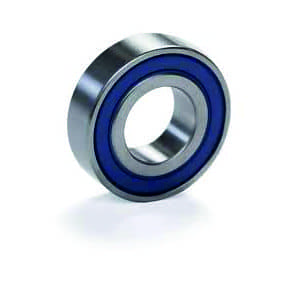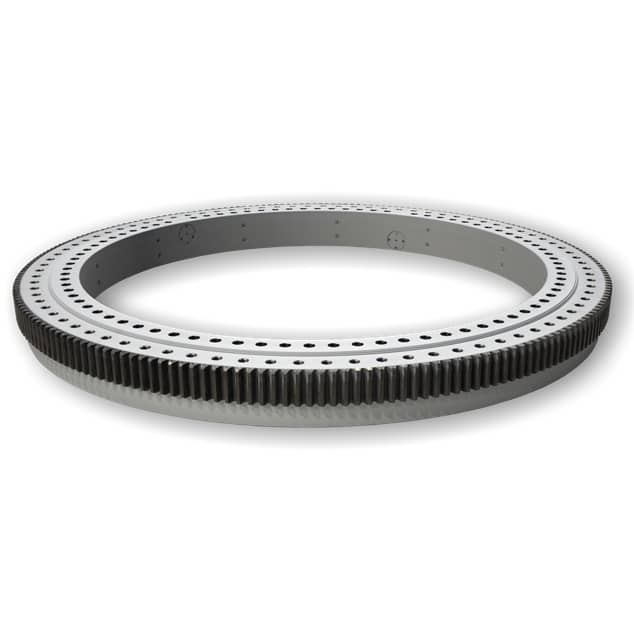Are you sure you want to perform this action?
Opening hours
-
PLEWISKA
- Monday - Friday
- 7:30 - 16:30
- +48 61 60 00 100
- [email protected]
-
CONTACT 24/7
- Contact after office hours
- +48 61 60 00 102
-
KATOWICE
- Monday - Friday
- 7:00 a.m. - 4:00 p.m.
- +48 48 32 88 00 300
- [email protected]
-
OLSZTYN
- Monday - Friday
- 7:00 a.m. - 4:00 p.m.
- +48 89 89 89 350
- [email protected]
Bearings
Bearings are one of the key components in machines, designed to enable smooth movement between various machine components, such as shafts or axles. These are irreplaceable connections that allow the machine elements to rotate or move relative to each other.
Bearing structure:
A bearing consists of two rings: inner and outer ring and rolling elements such as balls, needles or rollers. The rolling elements placed between the rings are crucial for smooth movement. Additional elements of the rolling bearing may be cages that keep the rolling elements in a constant distance from each other and seals.
Bearing principle of operation:
The inner ring is mounted on the shaft journal or other element, the outer ring is fixed in the housing or in another bearing element, the rolling elements located between the rings ando on their raceways, ensuring the rotation of the rings in relation to each other.
Bearing types:
Bearings can be divided into many ways, including:
Bearings can be made from a variety of materials, including:
Bearing designations:
Bearings are marked with various symbols and letters such as Z, RS, J, Y, F, M, T, TNG, V, C1, C2, C3, C4 and C5, which designate various characteristics such as seal type, basket and the amount of internal clearance.


